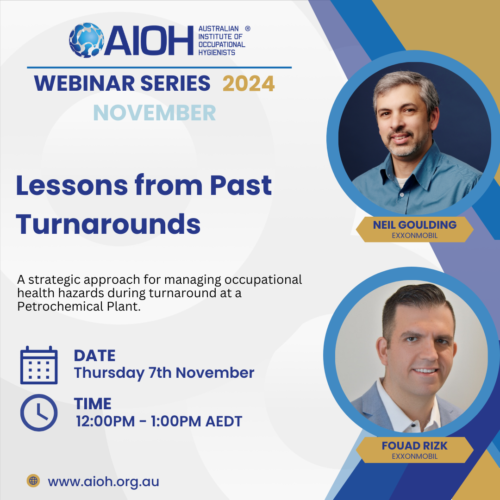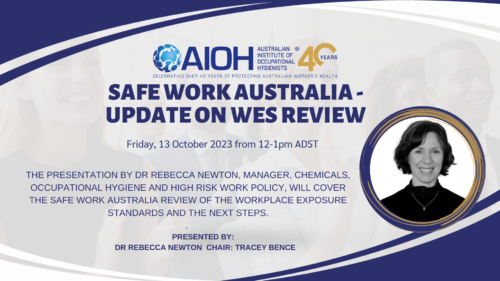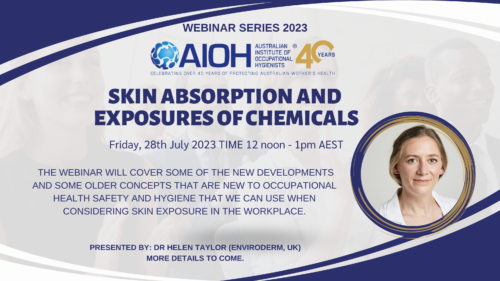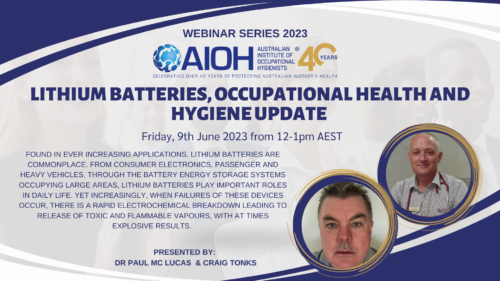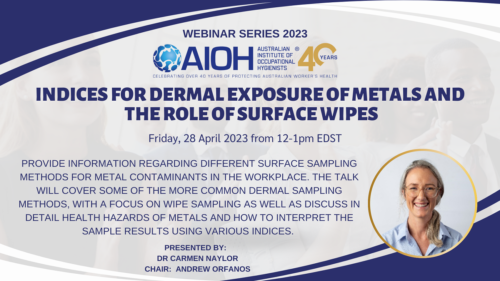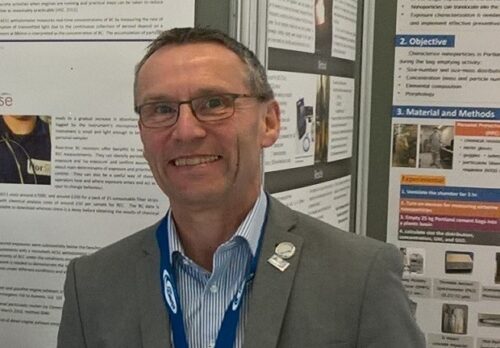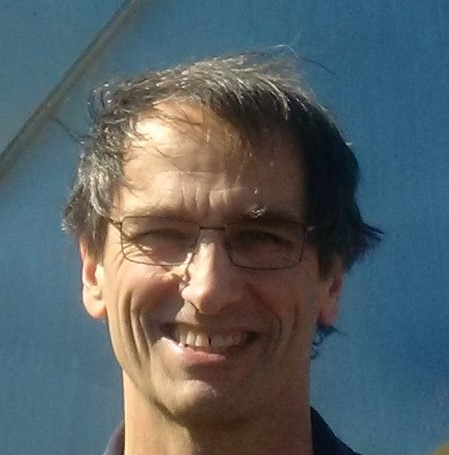Recorded 23rd June 23
The Australian Institute of Occupational Hygienists (AIOH) launched Breathe Freely Australia in 2018, which provides readily available information for workers and supervisors about the hazards of toxic dust and prevention of lung diseases in various industries. In 2020, the AIOH started the RESP-FIT program, which is relevant to those who rely on respirators as protection against harmful dust. As many lung diseases are serious and irreversible, the focus must be on prevention of harm. Workers in the manufactured stone sector rely on many control measures to protect them from lung diseases such as silicosis, with one of them being respiratory protection.
For respiratory protection to effectively protect workers, it must fit them correctly. Respirator “fit testing” is a method for checking that a tight fitting respirator matches a person’s facial features and seals adequately, thereby protecting them.
It also helps to identify unsuitable respirators which should not be used. SafeWork NSW have reported that during visits to manufactured stone businesses in during 2018 and 2021, the most common notice that was re-issued to businesses related to fit testing of respiratory protection. With approximately one-third of manufactured stone workers communicating in languages other than English (the most common non-English language spoken is Mandarin), it is important that vital information, instruction and support in the areas of respiratory protection is readily available in their native language.
Breathe Freely Mandarin is an initiative targeted at the Mandarin-speaking stomemasons of greater Sydney NSW to improve their awareness of hazards in the air and the safe use of respiratory protection. It is an initiative proudly funded by the NSW Government.
This webinar will present the work of the Breathe Freely Mandarin initiative, an overview of the work to date in NSW by SafeWork NSW, and the presentation of the first SafeWork NSW Breathe Freely Mandarin Award to the successful awardee. This initiative is only possible from the support and efforts of the Breathe Freely Mandarin Working Group which consists of Dr Ralph Lee, Dr Yingyin Sun, Dr Jimmy Hu, Dr Sharann Johnson AM, John Tiong, Francesc Gomis, Sean Yap and John Padgham and Kate Cole OAM. Speakers: Kate Cole OAM is the immediate Past President of the AIOH, the Chair of the AIOH External Affairs Committee, and the Chair of the Breathe Freely Mandarin Working Group.
Michael Weller is a certified occupational hygienist (COH) and joined SafeWork NSW in 2017 as a State Inspector in the Hygiene and Toxicology team. He commenced his career in occupational hygiene in building products manufacturing with James Hardie and Company Pty. Ltd. in 1986, eventually managing the occupational hygiene program across Australia and New Zealand. Subsequently he worked in secondary aluminium production, waste management, rail transport and construction. He joined the AIOH as an Associate member in 1988 and became a MAIOH in 1996. He currently serves on the AIOH Membership and Qualifications Committee.
